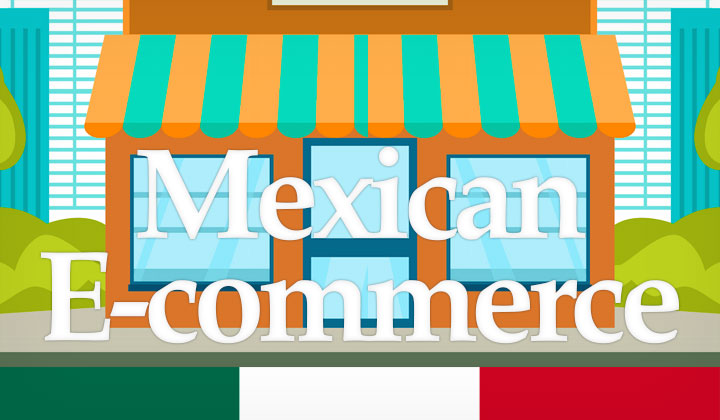Despite the presence of major companies like Mercado Libre, Amazon, Wal-Mart and domestic retailers such as Liverpool — e-commerce in Mexico is facing several challenges that are slowing down it’s growth towards global levels in 2025.
This article discusses key findings of “Estudio Retos del e-Commerce México“; which is a new study from 2017, on the challenges & solutions of Mexican e-commerce.

Mexico E-commerce Statistics
E-commerce in Mexico accounted for 1.6% of all of country’s purchases in 2016 and is expected to increase by 2% to 2.6% by 2019 according to the study by ISDI; a digital business school in Mexico City and The Cocktail.
At the Latin American level, last year’s average was of 2.6% and is expected to grow to 3% in 2017, while countries like Brazil will reach 4.6% by 2019.
Challenges in Mexican E-commerce
For Raquel Valverde, ISDI general director; Mexico needs to earn the consumer’s trust to reach up to international levels in e-commerce.
The Mexican user is ready to consume online and has proven it through UBER’s success in Mexico. The challenge comes from the business side.
Based on the study, these are the main challenges:
1. Lack of mobile device use to close transactions.
Even though Mexican consumers search for items and services through their smartphones and tablets, they prefer to use desktop computers to perform the final transaction. This is mainly because of “poor user experience from lack of good mobile design” says Valverde.
2. Need for a more consumer-focused perspective.
Customers connect with brands through several channels, not only through brand websites, but increasingly through physical stores, social networks and emails throughout the purchasing process. To be able to serve the consumer correctly, companies need to understand this interaction and prioritize customer experience.
3. Frequent consumer uncertainty.
According to those surveyed for the study; customers said to have lost confidence during the purchase process on several Mexican e-commerce platforms. When seeking information about the sold products, during payment, understanding shipment and delivery policies as well as when dealing with returns.
4. Adaptation to changes in consumer habits.
There is a need for culture and leadership changes in the organization of e-commerce companies to accompany technological changes to platform infrastructure, according to the analysis.
5. Cultivation of data culture in a workplace environment.
For effective e-commerce, companies need to have clear KPIs (Key Performance Indicators) to achieve data culture evenly throughout their employee base. Working together to measure the shopping platform’s progress, to be able to make precise and effective changes in how the company operates.
…
What is your experience with Mexican online commerce?
Comments most welcome — Thank you!